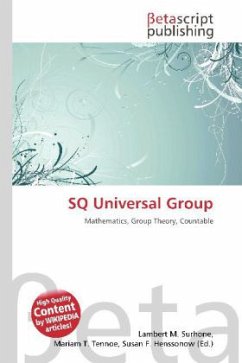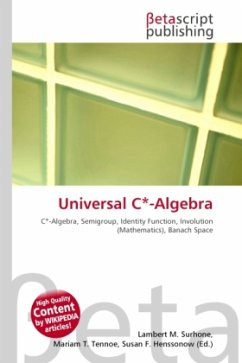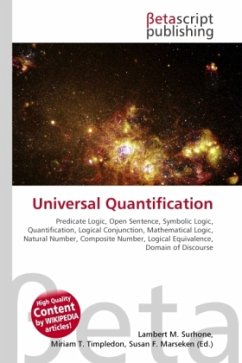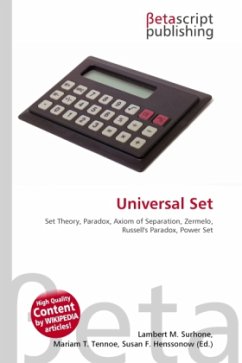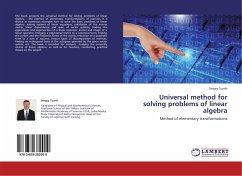Please note that the content of this book primarily consists of articles available from Wikipedia or other free sources online. In mathematics, in the realm of group theory, a countable group is said to be SQ universal if every countable group can be embedded in one of its quotient groups. SQ-universality can be thought of as a measure of largeness or complexity of a group. Many classic results of combinatorial group theory, going back to 1949, are now interpreted as saying that a particular group or class of groups is (are) SQ-universal. However the first explicit use of the term seems to be in an address given by Peter Neumann to the The London Algebra Colloquium entitled "SQ-universal groups" on 23 May 1968. In 1949 Graham Higman, Bernhard Neumann and Hanna Neumann proved that every countable group can be embedded in a two generator group. Using the contemporary language of SQ-universality, this result says that F_2 , the free group (non-abelian) on two generators, is SQ-universal. This is the first known example of an SQ-universal group.
Bitte wählen Sie Ihr Anliegen aus.
Rechnungen
Retourenschein anfordern
Bestellstatus
Storno

